Pride and Precedence Survey
Historic Projections
“Pride and Precedence” reaches out to studios that seem to defy modern interpretations of the Classic, to investigate how and why they incorporate architectural heritage. This graphic survey purposefully omits critiquing the validity of the particular precedents, but rather focuses on students’ interpretation of history in their methods and products of design.
Coordinator: CHENGJI JOHN WAN (M. Arch I, ’16)
Contributors: JACK BIAN (M. Arch I, ‘16), ANTHONY GAGLIARDI (M. Arch I, ‘16), MICHAEL HARRISON (M. Arch I, ’16), SARAH KASPER (M. Arch I, ‘16), JASON KURZWEIL (M. Arch II ’16), AYMAR MARIÑO-MAZA (M. Arch II, ‘17), BORIS MORIN-DEFOY (M. Arch I, ‘16), DIMA SROUJI (M. Arch I, ‘16)
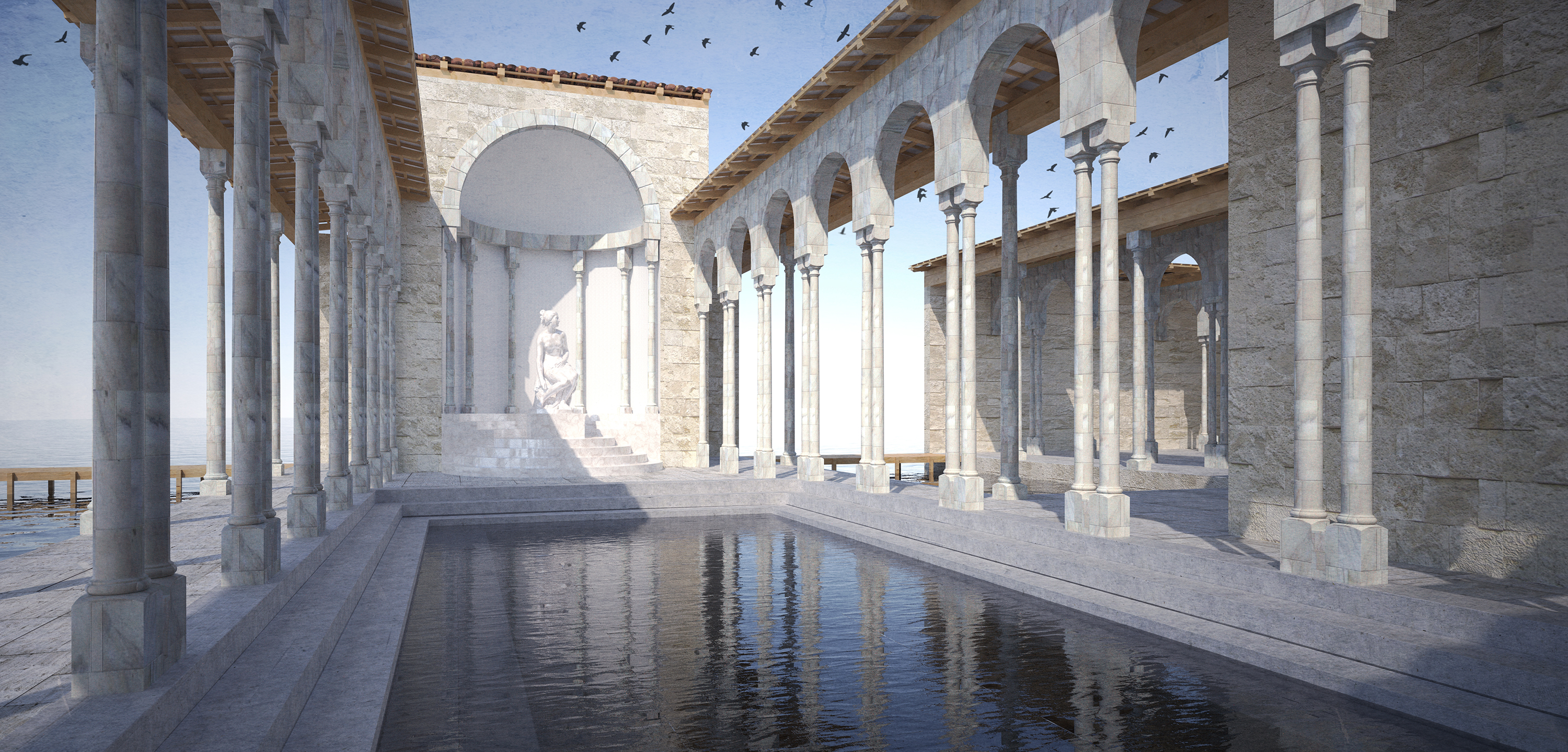
I took Porphyrios’ studio as a challenge to express universal architectural ideas through a language that I still don’t speak very well, but that I learned to appreciate much more. I wasn’t referential [in my use of precedents] but rather took some of the elements of buildings I admire and made them my own. It was very much about the surprise of going into different shapes and different spatial volumes. Through an act of simplification — by redrawing and making sure the project always looked contemporary — I ensured that a layer of articulation remained from the originals. The professors, however, were showing only precedents of galleries, focusing more on the general function of it, the directionality, axiality—unlike my design process, it was never about character.
—Boris Morin-Defoy (M. Arch I ‘16)
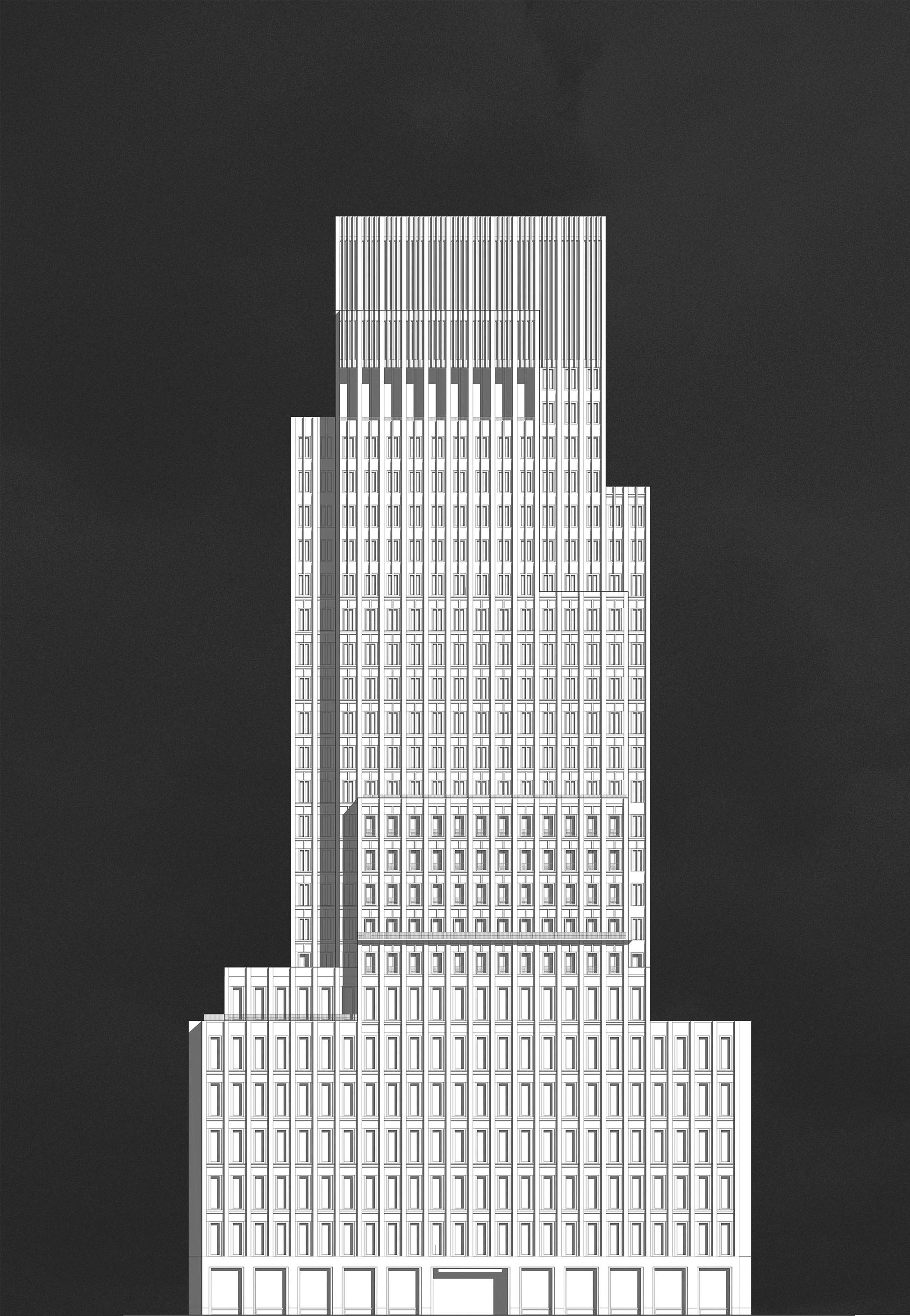
[work in progress]
For Hans Kolhoff’s studio, precedents act as historical backdrop more than a particular focus. We moved from studies of the mass, to the unit, to the tectonics and composition of the whole building. Precedents are neither asigned nor weigh heavily, but rather are used as a “grammar of tectonics”. We interpret the details of construction, where the well-built is as important as the composition. In this sense I consider it more of a tectonic approach than a “classicist” approach, as could be superficially inferred from Kollhoff’s work […] Precedents provide lessons, but a critical eye is still necessary. The danger of their misuse can pollute the work of the designer.
—Jason Kurzweil (M. Arch II, ’16)
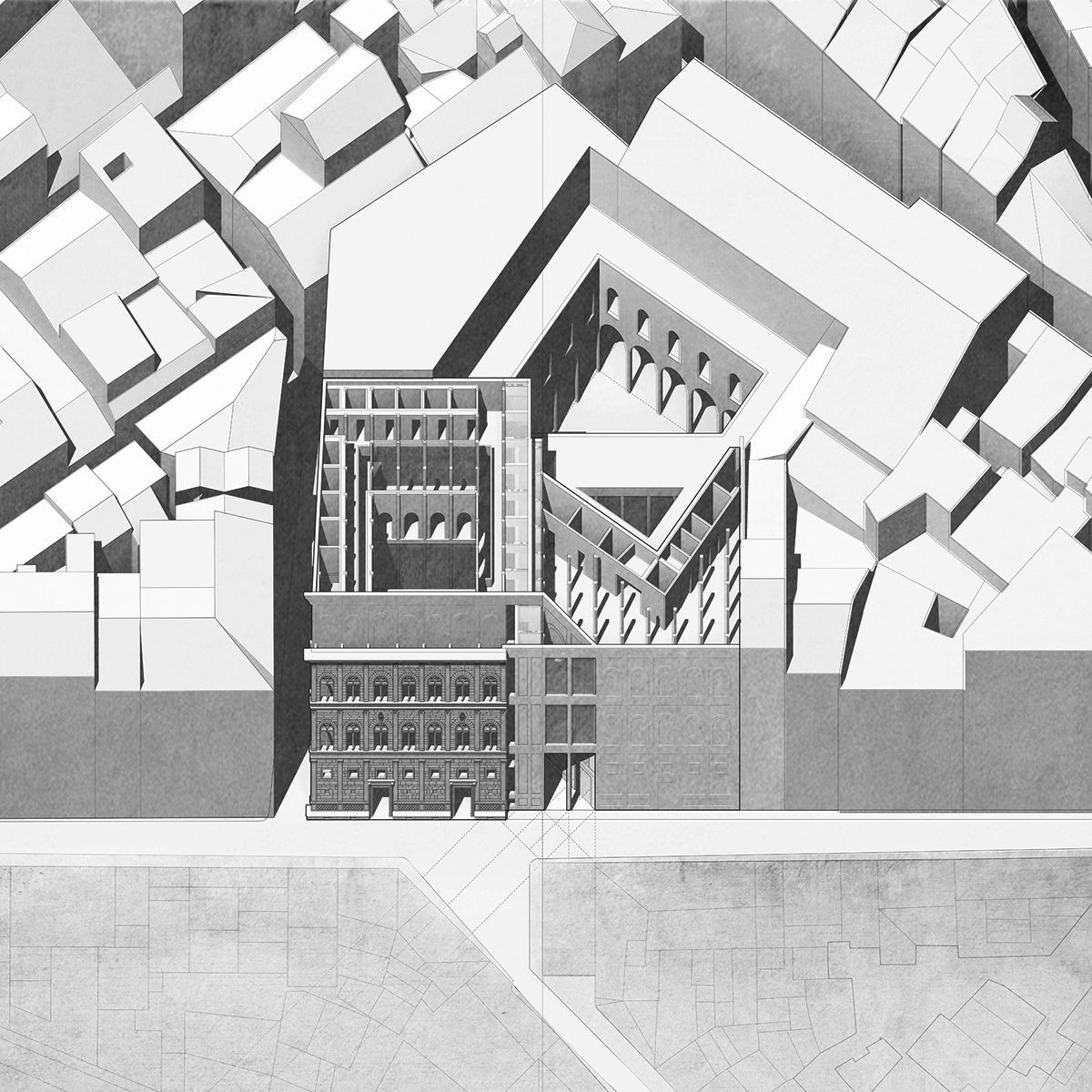
The many themes in our project center around a political commentary on the palazzo type in relationship to the city. Our precedent was a painting: Botticelli’s Annunciation as diptych. There were literal and abstract translations. The spatial movement of the (biologically impossible) warped hand, turned into a tridimensional composition, was an abstraction. The blank portions to the right of the wall, and the open space to the left, were literal. But we worked on the idea of the program as well, which is something that Eisenman’s students never do. It is political because we are separating Architecture (Alberti) from the crap that’s behind him—sort of fetishizing the Albertian façade. I (Dima) think you can’t be original without knowing history. Even subconsciously making a design move, like drawing a line on a page, comes from things that you’ve learnt. It doesn’t just come from nowhere, and if you don’t know that history, you just can’t draw that line.
—Dima Srouji (M. Arch I ’16) and Sarah Kasper (M. Arch I ’16)
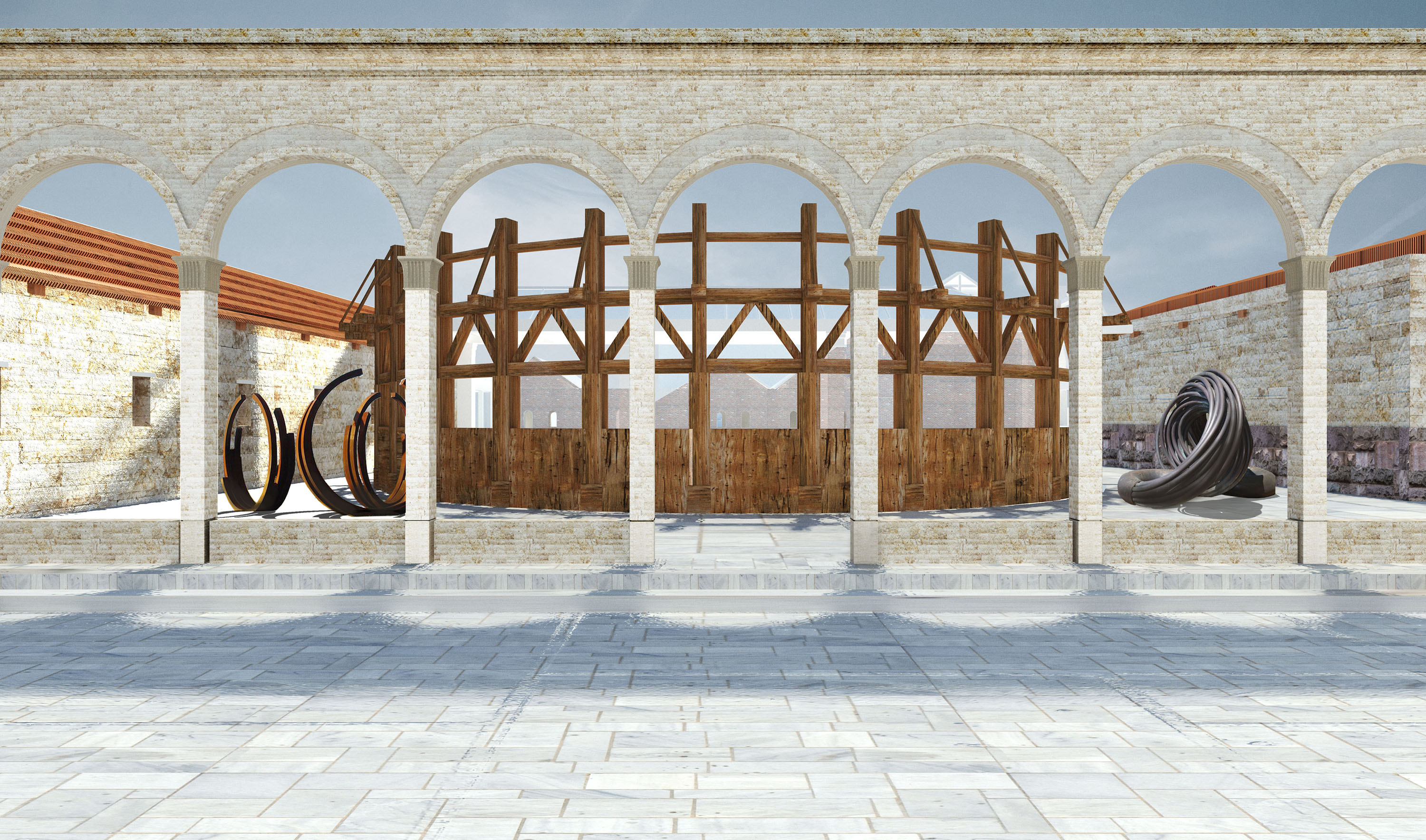
In Demetri Porphyrios’ studio, I used a diverse range of precedents that influenced my design, but I made sure that the language drawn from the variety of architectural sources were governed by my own compositional imagination. My approach to this project was in a way similar to that of Soufflot’s in designing the Pantheon in Paris — he synthesized different ideas and major themes from historical architecture into something modern. One thing Porphyrios said is that we should only look at buildings from hundreds of years ago, because they have gone through the test of time. I’ve always been drawn to historical architecture, to understanding what has been designed. I think we can use major themes from history to be inventive and imaginative, and the studio reinforced my beliefs.
—Jack Bian (M. Arch I ’16)
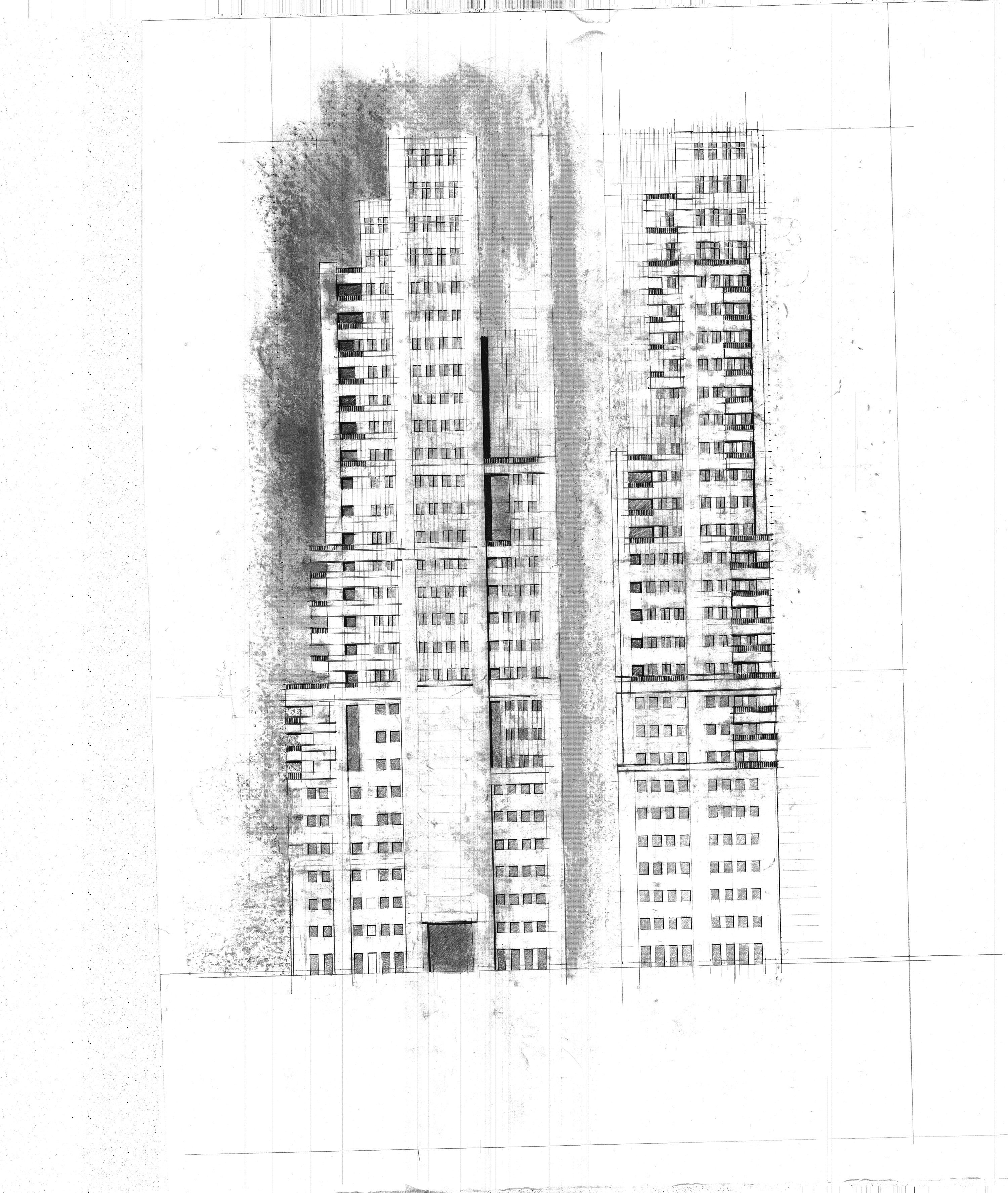
[work in progress]
Hans Kollhoff’s studio exists in the detail: how a building meets the ground, how solid it is, and how certain elements transition onto each other. Formally, or at least definitely tectonically, precedents are important to learn what works well in built work, as opposed to in “paper architecture.” In this studio we are taught to appreciate the physical reality of a building. Travel week was fundamental to my understanding of Berlin and its public spaces—we design in an intrinsic relation from the outside in: the window, the unit, and the façade in relation to the city […]I think a project cannot be divorced from the social, theoretical, or physical context in which it lives. Copying or referencing without considering that fact doesn’t teach you anything. Appropriating or refuting a style, pedagogy, or theory without understanding that context fully means you won’t fully understand how it can act in contemporary context.
—Aymar Mariño-Maza (M. Arch II, ’17)
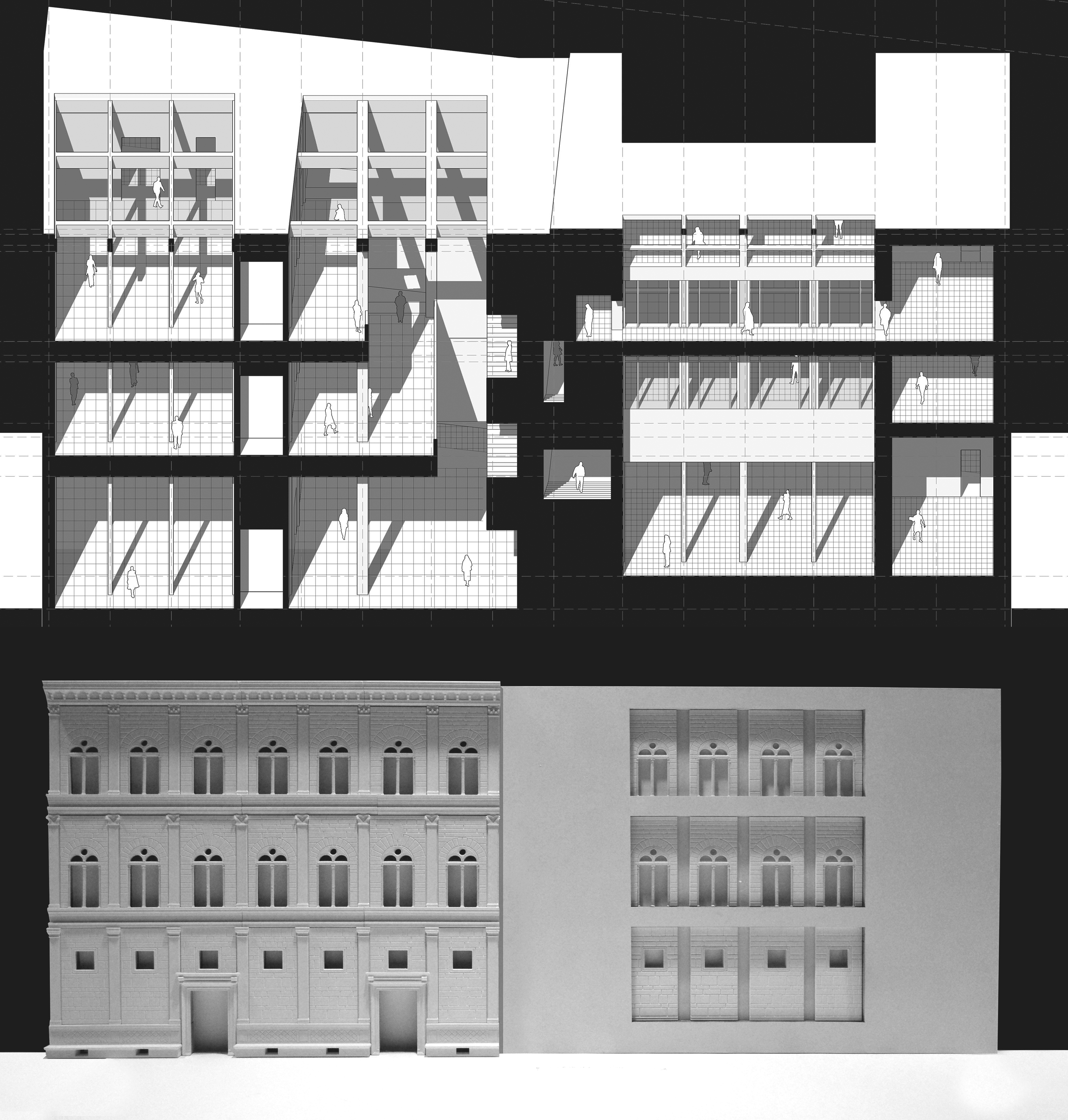
For this project in Eisenman’s studio, precedent was crucial to the design process. All formal manipulations were stolen, selected, and curated from a small number of works in painting and architecture. Interpretation was strictly formal, precedents were evacuated of context outside of their architectural characteristics, rhythms, proportions and compositions. Precedents are necessary in order to situate one’s work within a broader discourse; however they need to be read and interpreted closely so we do not become rote copyists. Historical precedents should be respected where appropriate, used and abused when necessary.
—Anthony Gagliardi (M. Arch I, ’16) & Michael Harrison (M. Arch I, ’16)